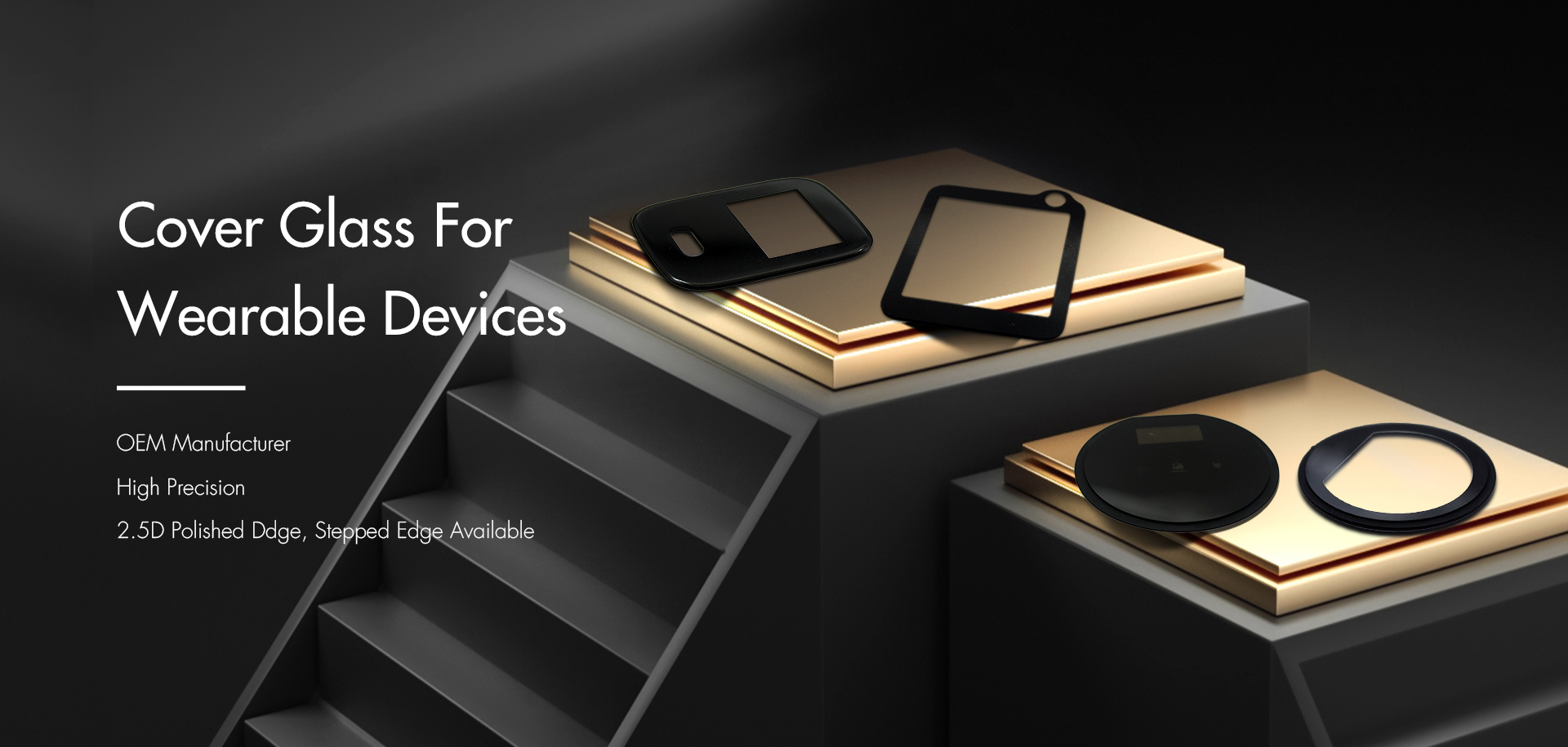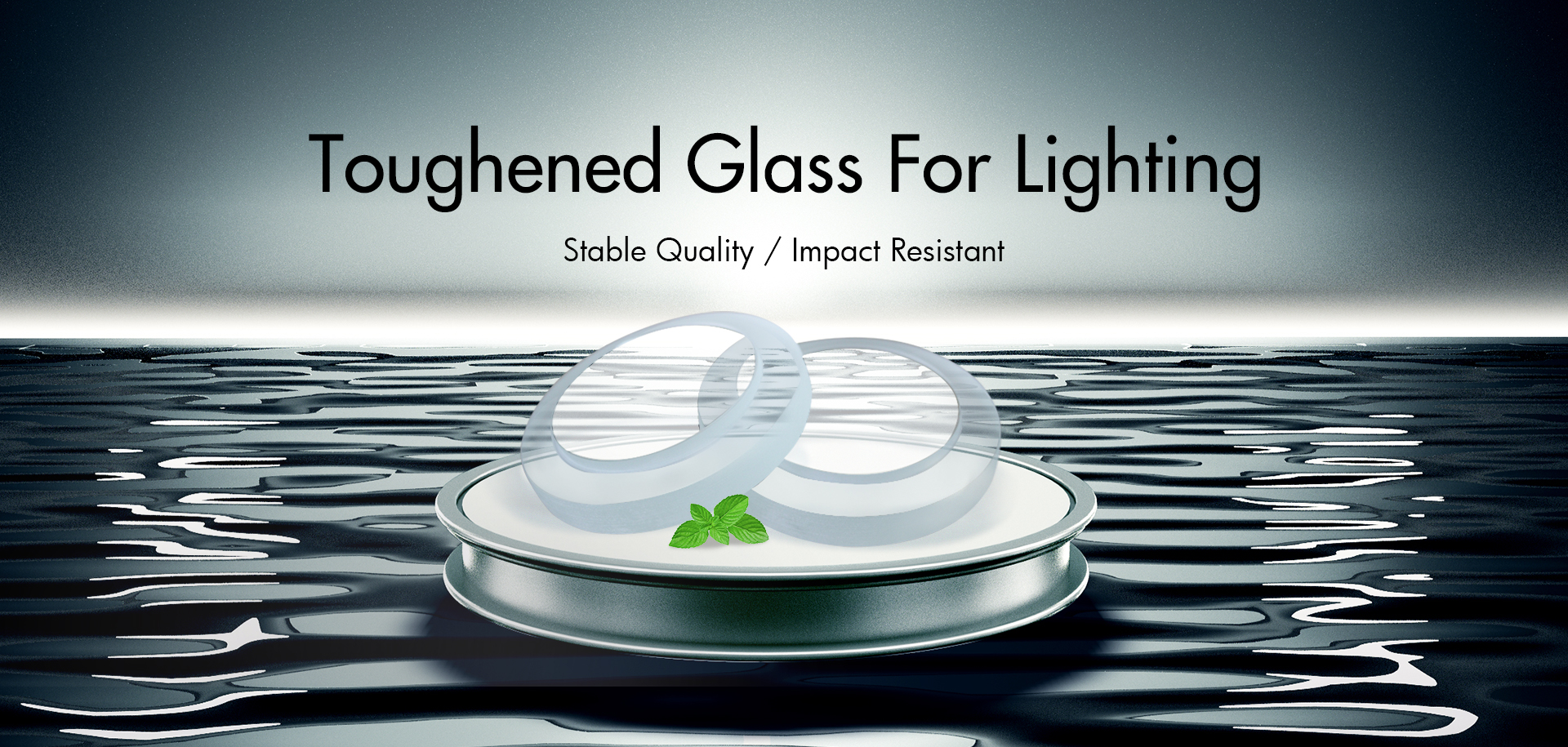Low-e glass is a type glass that allows visible light to pass through it but blocks heat-generating ultraviolet light. Which also called hollow glass or insulated glass.
Low-e stands for low emissivity. This glass is an energy efficient way to control the heat being allowed in and out of a home or environment, requiring less artificial heating or cooling to keep a room at the desired temperature.
Heat transferred through glass is measured by the U-factor or we call K value. This is the rate at which reflect the non solar heat flowing through glass. The lower the U-factor rating, the more energy efficient the glass.
This glass works by reflecting heat back to its source. All objects and people give off varying forms of energy, affecting the temperature of a space. Long wave radiation energy is heat, and short wave radiation energy is visible light from the sun. The coating used to make low-e glass works to transmit short wave energy, allowing light in, while reflecting long wave energy to keep heat in the desired location.
In especially cold climates, heat is preserved and reflected back into a house to keep it warm. This is accomplished with high solar gain panels. In especially hot climates, low solar gain panels work to reject excess heat by reflecting it back outside the space. Moderate solar gain panels are also available for areas with temperature fluctuations.
Low-e glass is glazed with an ultra-thin metallic coating. The manufacturing process applies this with either a hard coat or soft coat process. Soft coated low-e glass is more delicate and easily damaged so it is used in insulated windows where it can be in between two other pieces of glass. Hard coated versions are more durable and can be used in single paned windows. They can also be used in retrofit projects.

Post time: Sep-27-2019










